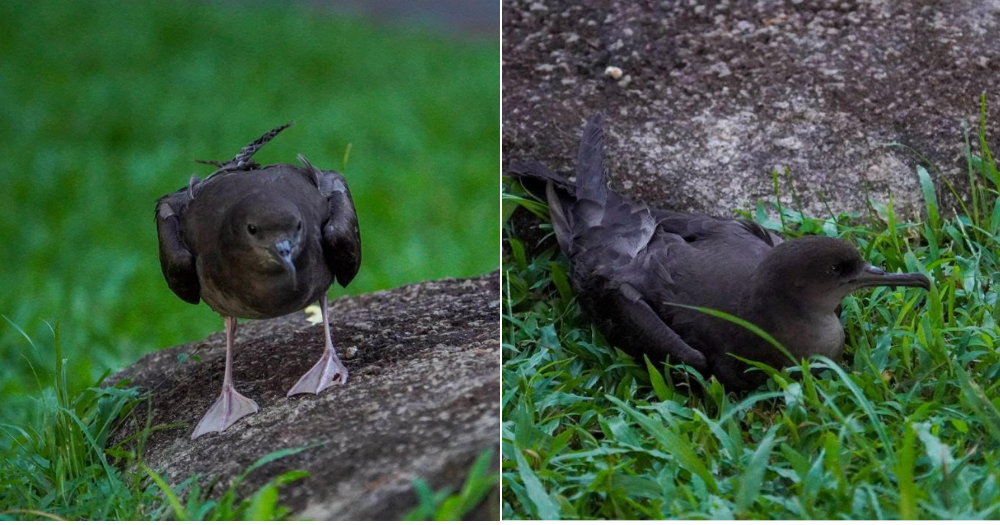While Singapore has become much urbanised over the years, it remains an important pitstop for migratory birds to refuel and rest as they leave their home countries to escape the cold winter.
If you visit some of the local nature sites at the right time, you'd actually see some of these migratory birds, especially during the period between October and March.
One passer-by in Bishan recently encountered an injured bird by chance.
Little did that person know that it is actually an extremely rare migrant in Singapore — a Wedge-tailed shearwater.
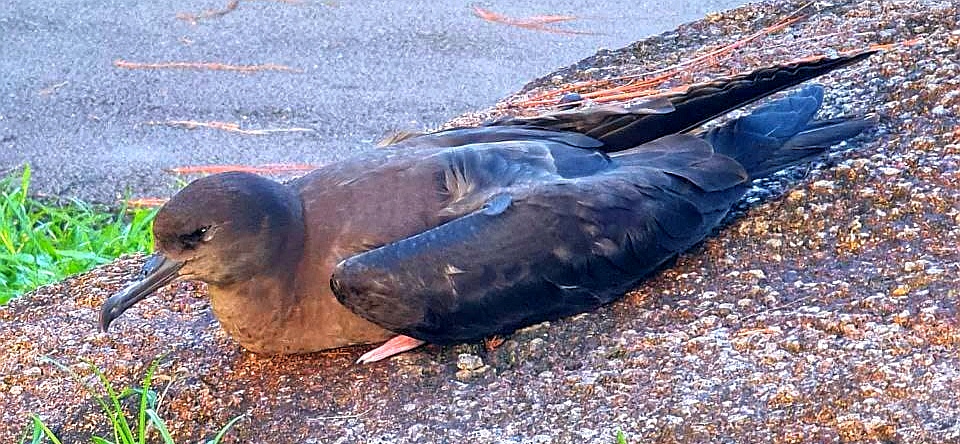 Photo courtesy of William Khaw.
Photo courtesy of William Khaw.
A shearwater is a type of seabirds which use a "shearing" flying technique. They got this name because they fly so close to the water that it's almost looks like they are cutting the tips of the waves.
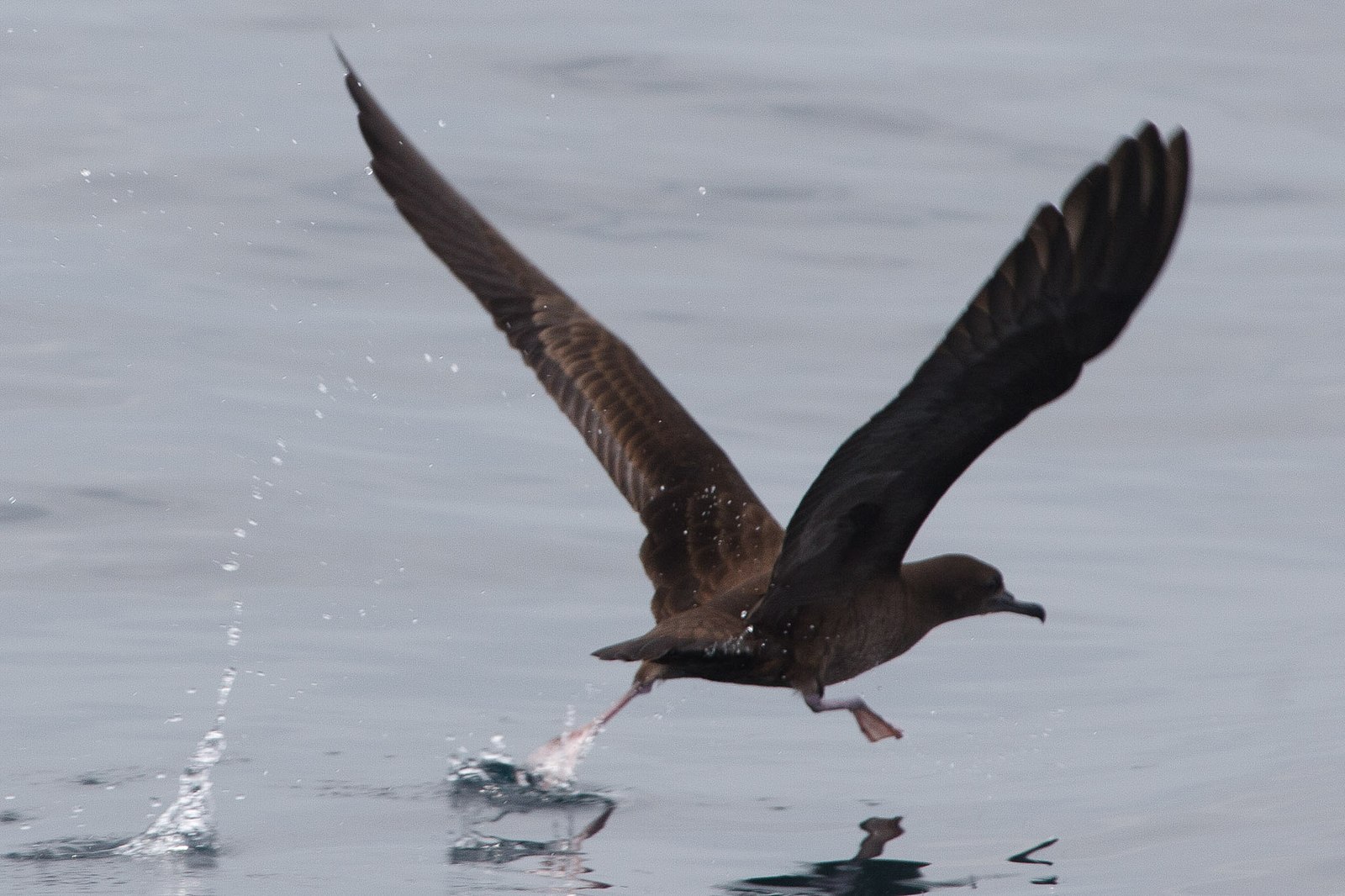 Photo of Wedge-tailed shearwater. (Photo by Mike Prince from Bangalore, India, via Wiki Commons.)
Photo of Wedge-tailed shearwater. (Photo by Mike Prince from Bangalore, India, via Wiki Commons.)
Injured Wedge-tailed shearwater found in Bishan
On June 24, the founder of Wildlife Asia (Singapore), John Lee, was alerted to an injured Wedge-tailed shearwater in Bishan, much to his surprise.
Lee told Mothership that the bird was lucky to have been picked up by a passer-by who placed it next to a huge rock, which allows the bird to be camouflaged and hidden from potential predators.
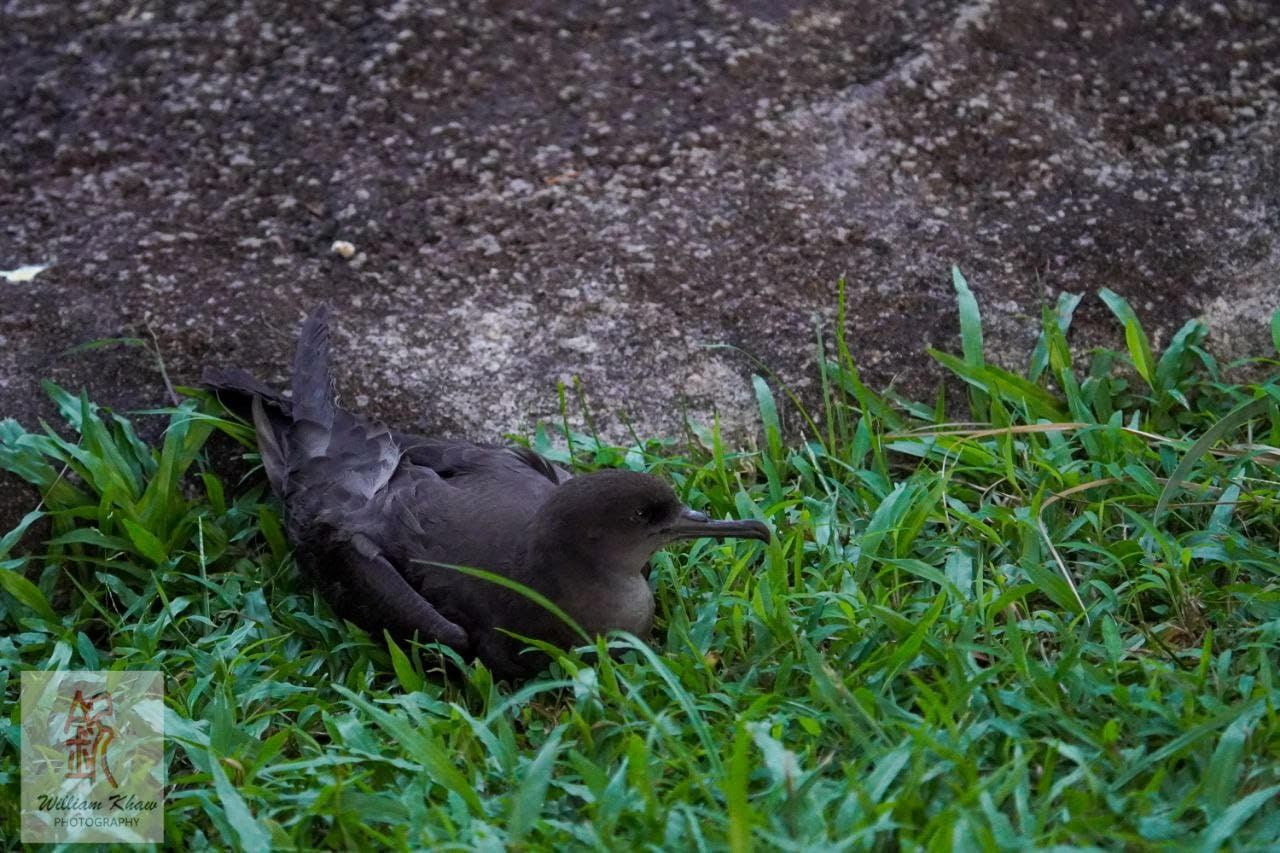 Photo courtesy of William Khaw.
Photo courtesy of William Khaw.
If it was placed within the bushes, insects or cats might chance upon it, which would be unsafe for the injured bird, he added.
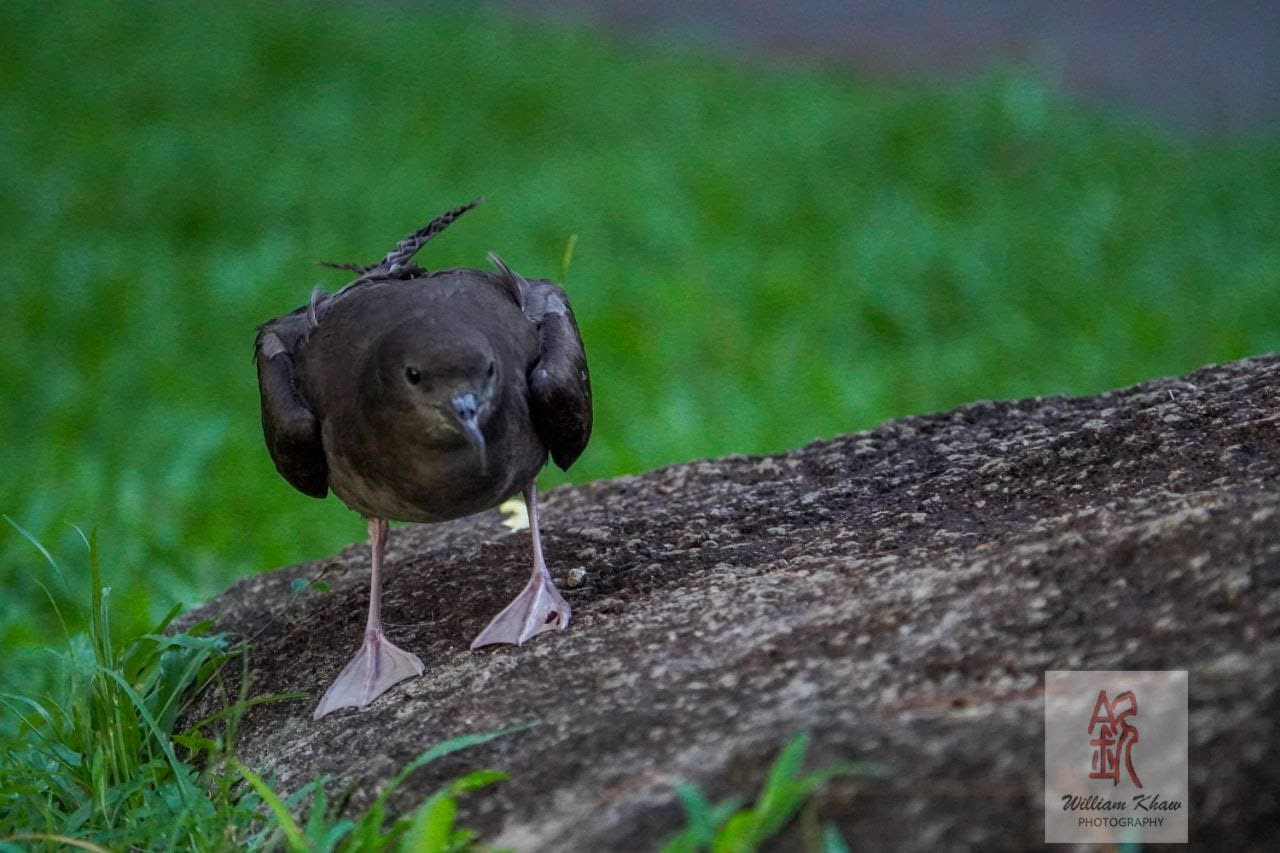 Photo courtesy of William Khaw.
Photo courtesy of William Khaw.
Wildlife rescue officers from the Animal Concerns Research and Education Society (ACRES) were alerted to the case and the bird was handled by the team.
Second record of this seabird in Singapore
Such close encounter with a Wedge-tailed shearwater (Puffinis pacifcus) is extremely rare in Singapore, Lee said.
"Those who have ever witnessed such a bird species would have to throng their boat out far away from Singapore shore. If lucky, they can merely manage to see [the seabirds] as black tiny specks high up in the sky," Lee told Mothership.
Wedge-tailed shearwaters are one of the three species of shearwaters that have been sighted in Singapore in the past.
The last and only record of a Wedge-tailed shearwater found in Singapore was in a puddle at a housing estate in Woodlands on June 22, 1998, according to Yong Ding Li, an Asia programme manager for migratory bird conservation at Birdlife International who told Mothership that this species of seabird is common and widely-distributed in the Pacific and Indian oceans. It breeds on many of the small oceanic islands in southern Japan and eastern Australia.
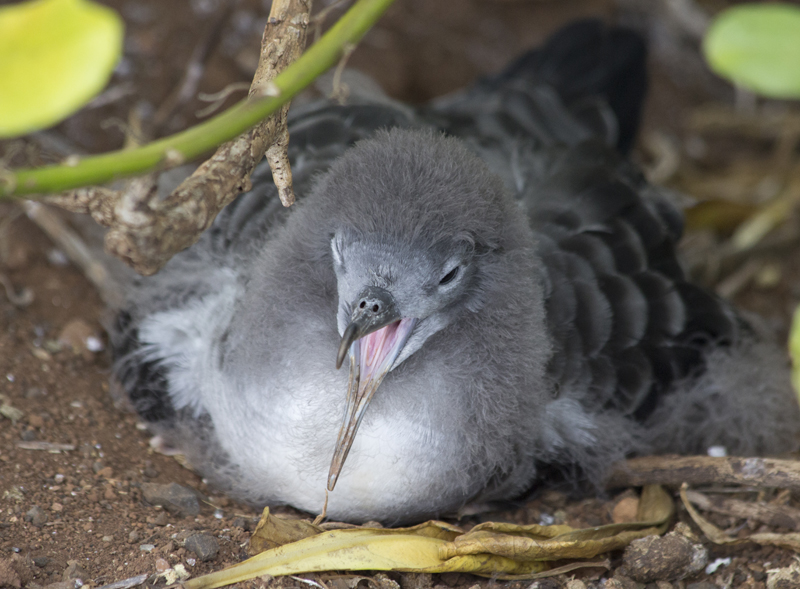 Photo of a juvenile Wedge-tailed shearwater sighted at Kilaeau, Kauai, Hawaii, in 2012. (Photo by Benjamin Keen via Wiki Commons.)
Photo of a juvenile Wedge-tailed shearwater sighted at Kilaeau, Kauai, Hawaii, in 2012. (Photo by Benjamin Keen via Wiki Commons.)
In Australia, these seabirds leave their nests between April and May and disperse to tropical waters to escape from the cold during winter.
On the coast of Australia, it is not difficult to see the wedge-tailed shearwaters as they usually flock in large numbers, Yong shared. Yong had seen them up-close before during field trips to the Tasman Sea.
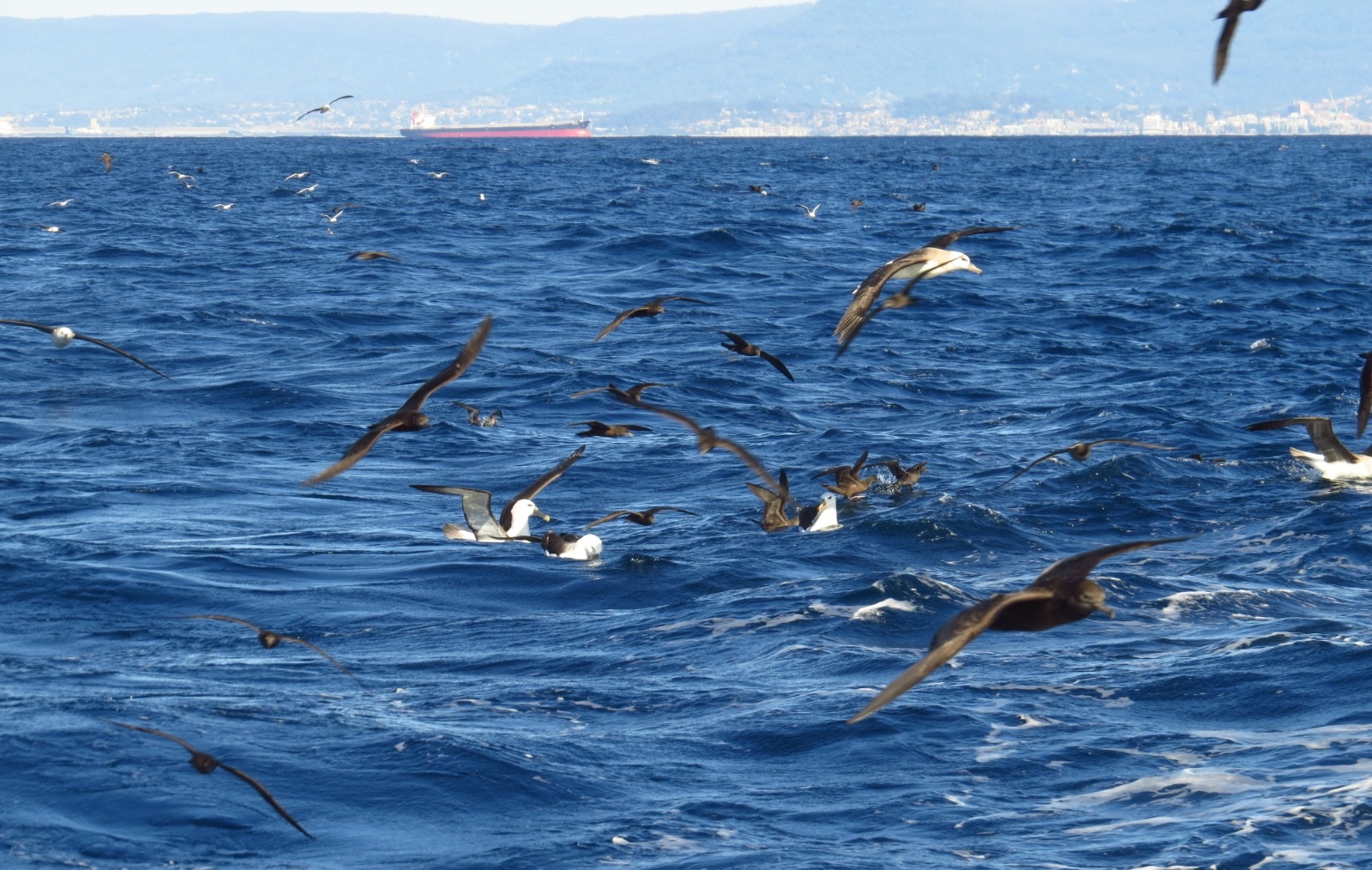 Wedge-tailed shearwaters sighted at Tasman Sea. Photo courtesy of Yong Ding Li.
Wedge-tailed shearwaters sighted at Tasman Sea. Photo courtesy of Yong Ding Li.
However, it is rare to find them in the inshore areas and on coastal waters of Southeast Asia, he added.
Wedge-tailed shearwater found in Bishan did not survive the ordeal
Sadly, the Wedge-tailed shearwater found in Bishan passed away after the rescue, Kalai Vanan, co-chief executive officer of ACRES, told Mothership.
Kalai said that ACRES suspects the seabird could be suffering from some illness or fatigue which led to it having a collision in our urban environment as the bird showed some signs of concussion.
Bird colliding into urban structures like walls and windows are not uncommon, Kalai added.
The carcass is now with the Avian Evolution Lab at the National University of Singapore and will be used for research purposes.
Kalai reminded members of the public to not attempt to handle a juvenile or injured bird when they encounter one as it could make the situation worse.
When you encounter any wild animal in distress, do call ACRES at their 24-hour wildlife rescue hotline: 9783 7782.
You can also contact NParks at 1800 476 1600.
Top image courtesy of William Khaw
If you like what you read, follow us on Facebook, Instagram, Twitter and Telegram to get the latest updates.
